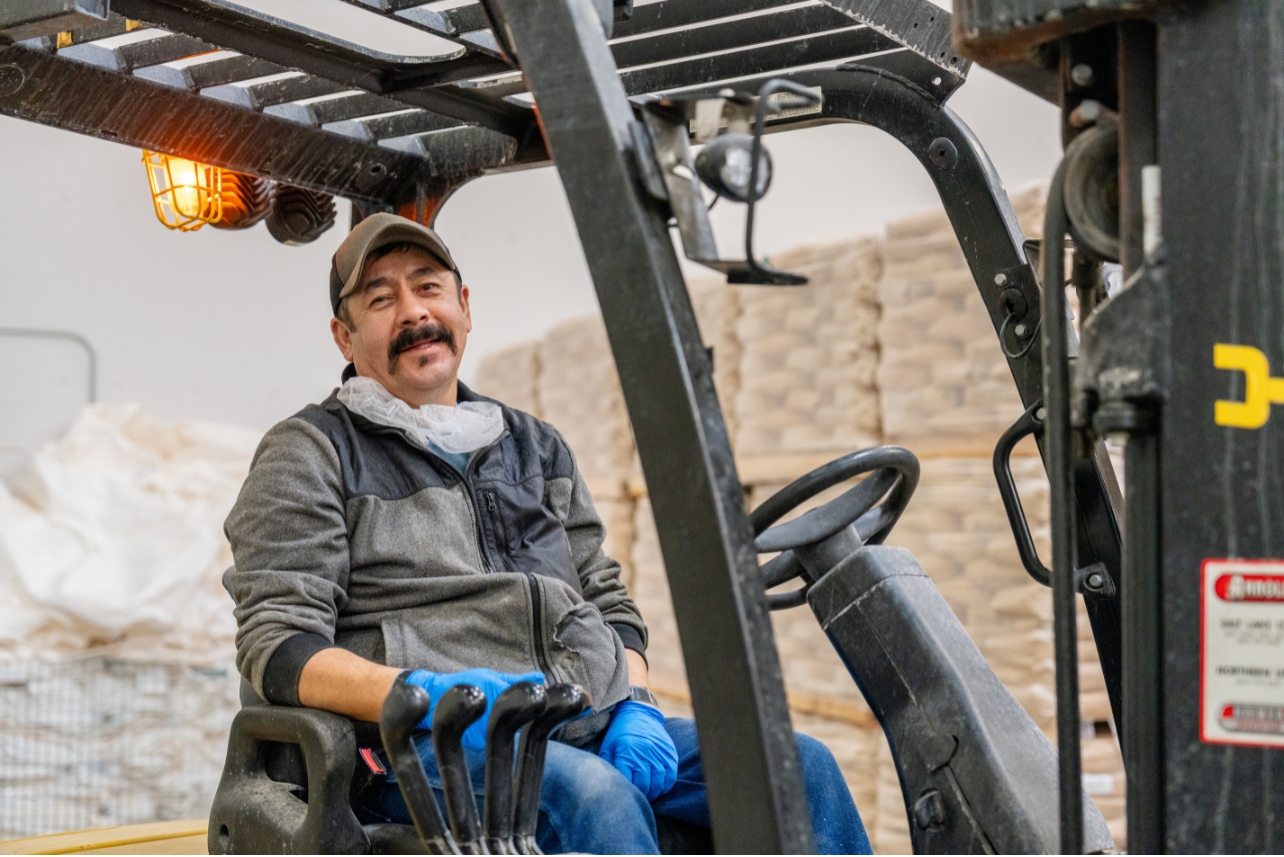Time to read: 3 minutes
Article at a glance:
- Your best work happens in your Three Circles: the intersection of where you’re helpful, wired, and energized.
- It’s okay to step away from roles that don’t fit, even if they seem exciting or important. Misalignment isn’t failure.
- Proficiency can be trained, but wiring fuels potential and fulfillment.
- Growth includes trying, learning, and pivoting. Release what’s not working and lean into what helps the whole.
At Redmond, we believe your best work lives at the intersection of three things: what you’re helpful at, what you’re wired for, and what fills your cup. That’s your unique contribution. (We also call this your Three Circles journey.)
But sometimes we chase roles or tasks outside that zone, not because we’re built for them, but because they look fun, seem important, or carry a little prestige.
Maybe we’re chasing the role we wish we were wired for. Maybe we think we should be good at it.
Let’s name something clearly: It’s okay to let that go. Here, at least.
How to Know if You’re NOT Wired for Something

Part of the Three Circles journey is figuring out not just what lights you up, but also what doesn’t. That means giving yourself permission to experiment and to step away when something doesn’t fit. You’re not a failure for trying. And you’re not a quitter for moving on.
Sometimes we discover the mismatch through contrast.
Jim Collins once thought he was great at math…until he met people who actually were.
“When I went off to college, I thought I was going to be a mathematician because I was one of these kids who was good at math. So, I majored in mathematical sciences. But along the way I met those who are genetically encoded for math.” -Jim Collins
One of our culture team members tried cutting a video a few years ago. She put real effort into her first project and did a respectable job. But then she saw someone truly wired for video editing do it and realized, “Oh. That’s what it looks like to be good at this.”
That moment of clarity helped her redirect her energy toward work where she’s more helpful and more alive.
There’s no shame in that pivot. It’s part of learning who you are.
Help Where You Are While Exploring Where You’re Wired

Here’s the truth: You can train for something and still not be wired for it. Training may bring proficiency, which can be helpful in a pinch. But wiring brings potential. When you’re wired for something, you have more potential to be great. When you’re not wired for it, you only have the potential to be okay at it, or maybe even competent if you work hard.
But we want better than that for you, and for Redmond. When we do great work, we grow together and as individuals. So put your efforts where you can be great!
When we invest our energy in our wiring, we don’t just get better outcomes; we grow more. We feel more fulfilled. We create more value.
Sure, you might have to hold a task you’re not wired for while we build the team. That’s part of contributing, too. But mentally? It’s okay to stop striving for mastery in an area that drains you. That’s not giving up. That’s giving yourself back to the work that really needs you.
This doesn’t mean we avoid all discomfort. Growth is messy. Exploration is good. So try things. Be bad at things. Then reflect. Ask teammates what they see. Don’t chase roles to feel important. Look for work you can be great at so you can fully contribute to our mission to elevate the human experience.
Because here’s what we know: when you align your wiring with the work, success follows. Not just in or compensation, but in meaning, momentum, and renewal.
So be curious. Experiment. Reflect.
And then release what’s not for you.
You’re not wired for everything.
You’re wired for something better.



